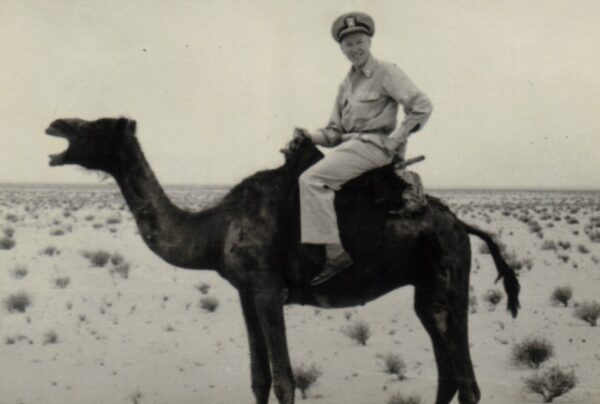SEALORDS

If this were a just and ordered world, there would have been a serious discussion in these pages a few days ago about the bold plan conceived by VADM Bud Zumwalt and supported by Rex in late 1968 to bring the riverine war to the enemy. To do so, Bud dispatched small, heavily-armed and lighted-armored small boats up the rivers of the Mekong Delta, with direct intelligence support provided by in-place Naval Intelligence officers.
Admiral Rex was naturally an integral contributor to that plan, titled boldly “SEA LORDS” (Southeast Asia Lake, Ocean, River, and Delta Strategy). Simply put, the campaign was a determined effort by U.S. Navy, South Vietnamese Navy, and allied ground forces to cut enemy supply lines from Cambodia.
The graphic above depicts the operational intent of early November 1968. Rex included it in his “Compendium,” which was a thick pamphlet he authored to publicize the case of Jack Graf, who he called “the Missing Man.”
In November, 1968, Rex had been in-country for nearly half his tour, and had a good handle on what needed to be done to support the new strategy. SWIFT Boats and Riverine Assault Craft were directed to open two canals between the Gulf of Siam at Rach Gia and the Bassac River at Long Xuyen. The initial operation was considered an operational success, a proof-of-concept about the utility of combined-arms tactics to form a barrier to North Vietnamese infiltration from the Cambodian border into sanctuaries on the southern Ca Mau Peninsula.
A variety of operations followed that pattern to penetrate the Giang Thanh River-Vinh Te Canal system, north of the SEARCH TURN OpArea. Patrols were established all along that waterway from Ha Tien, where my pal Larry was assigned, through the areas toward the Parrot’s Beak, where the Artful Logger and Drifty Pacer were stationed.
My pal Larry wrote a book about what he saw on the Cambodian border, and what happened afterwards. It is a good and sobering read. It is on Amazon, if you look, called “Nilo Ha Tien: A Novel of Naval Intelligence in Cambodia” by H.L. Serra.
The Vam Co Dong (Vam Co East) and Vam Co Tay (Vam Co West) Rivers west of Saigon were infiltration routes on either side and south of the “Parrot’s Beak” area of Cambodia, and were targeted in turn through an operation called GIANT SLINGSHOT, so designated for the “Y”-shape of the confluence of the two rivers on a map, severely hampered Communist re-supply in the region near the capital and in the Plain of Reeds.
Operation BARRIER REEF followed, which established patrol sectors along the Kanh Xang (Grand Canal) westward from the Vam Co Tay River over the Plain of Reeds to the Mekong River at An Long.
By the end of the first four months of SEALORDS, waterway interdiction barriers made an uninterrupted string from Tay Ninh (northwest of Sai Gon) all the way to the Gulf of Siam at Ha Tien, where my pal Larry helped make some history.
One year after the start of the SEALORDS campaign, Communist military forces in the Mekong Delta were under heavy pressure, though stiff resistance continued.
Rex was not there to see that. His time was up in May, 1969, and he left Vietnam forever that month. With his support and vision, SEALORDS had delayed and disrupted the North Vietnamese re-supply efforts from Cambodia. American floating bases had been places in the heart of what had been NVA sanctuaries.
The histories describe the period as “highly successful as a potential war winning strategy,” though “costly in allied casualties.”
At the end of it, Admiral Zumwalt thought enough of what Rex had contributed to the effort to present him the Legion of Merit with Combat “V,” along with a specific award of the Navy Commendation Medal for classified operations in Cambodia.
I’ll have to fill in some details about what Rex did when he got back Stateside later in the New Year. He was very busy, enough so that the events of SEALORDS had to be put aside in memory. The news from Vietnam kept on coming though, all through the period of the Paris talks and the time when the Americans quickly turned the war over to the indigenous allies and got the hell out. So did the “costly allied casualties.”
My pals who were there collected their Purple Hearts as a condition of going to work in the field. So did Jack Graf, who may have been the last NILO Rex slated before he left country. He was an assignments officer by training, after all, and would naturally have approved the slate prepared by the Force Intelligence Officer, Captain Bill Morgan.
Jack was headed for Vung Tau as the 3rd Coastal Zone Intelligence Officer, arriving on the 15th of May, 1969, just about the time Rex was getting home to hearth and family.
On the 15th of November, 1969, a Swift Boat on patrol near the mouth of the Bassac River came up on the tactical net to report that a Mohawk observation plane had gone down in flames several kilometers. Two fully deployed chutes were observed, and the skipper requested permission to proceed up a canal into to retrieve the crew.
One of the men in the chutes was Jack. He was taken prisoner on the ground within minutes of landing. Despite the best efforts of some, and as a consequence of the diffidence of others, he was never found.
A few hundred men served in jobs like Jack. Many of them were wounded. A few were killed in the line of duty. All but one of them came home.
Jack is the last one of us that is still out there. That is what came to haunt Rex later, when the snows of other winters came.
Copyright 2010 Vic Socotra
www.vicsocotra.com
